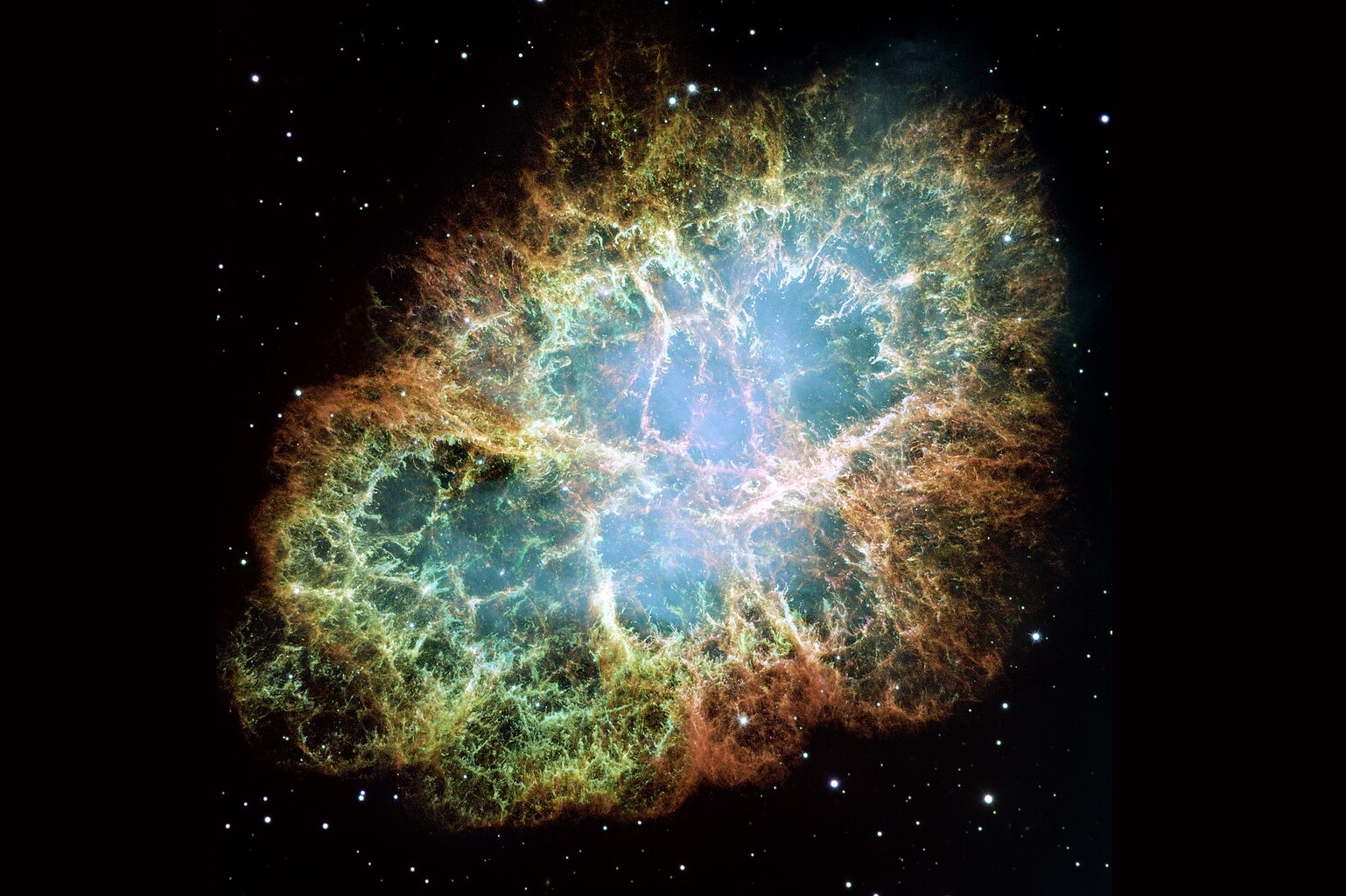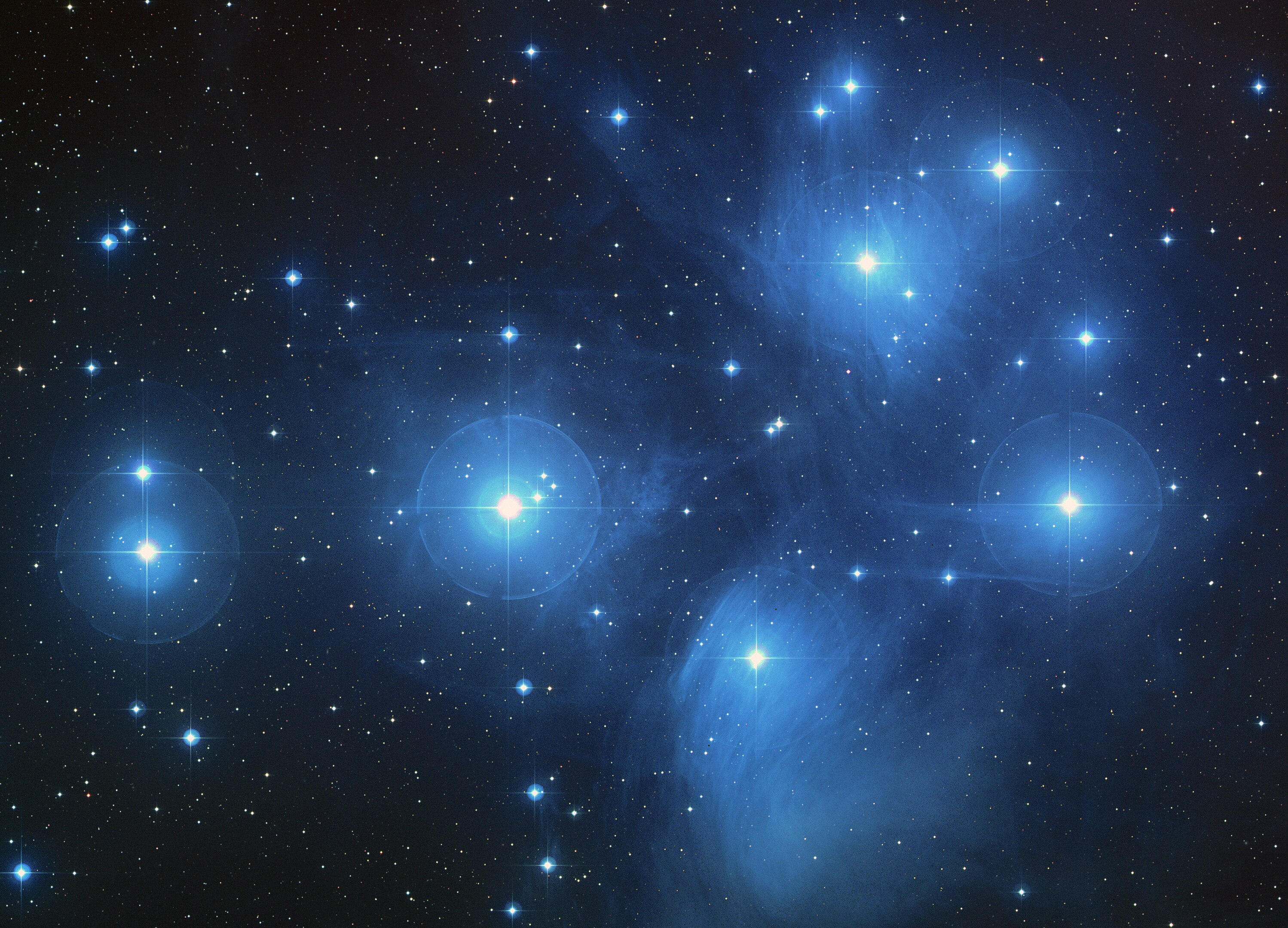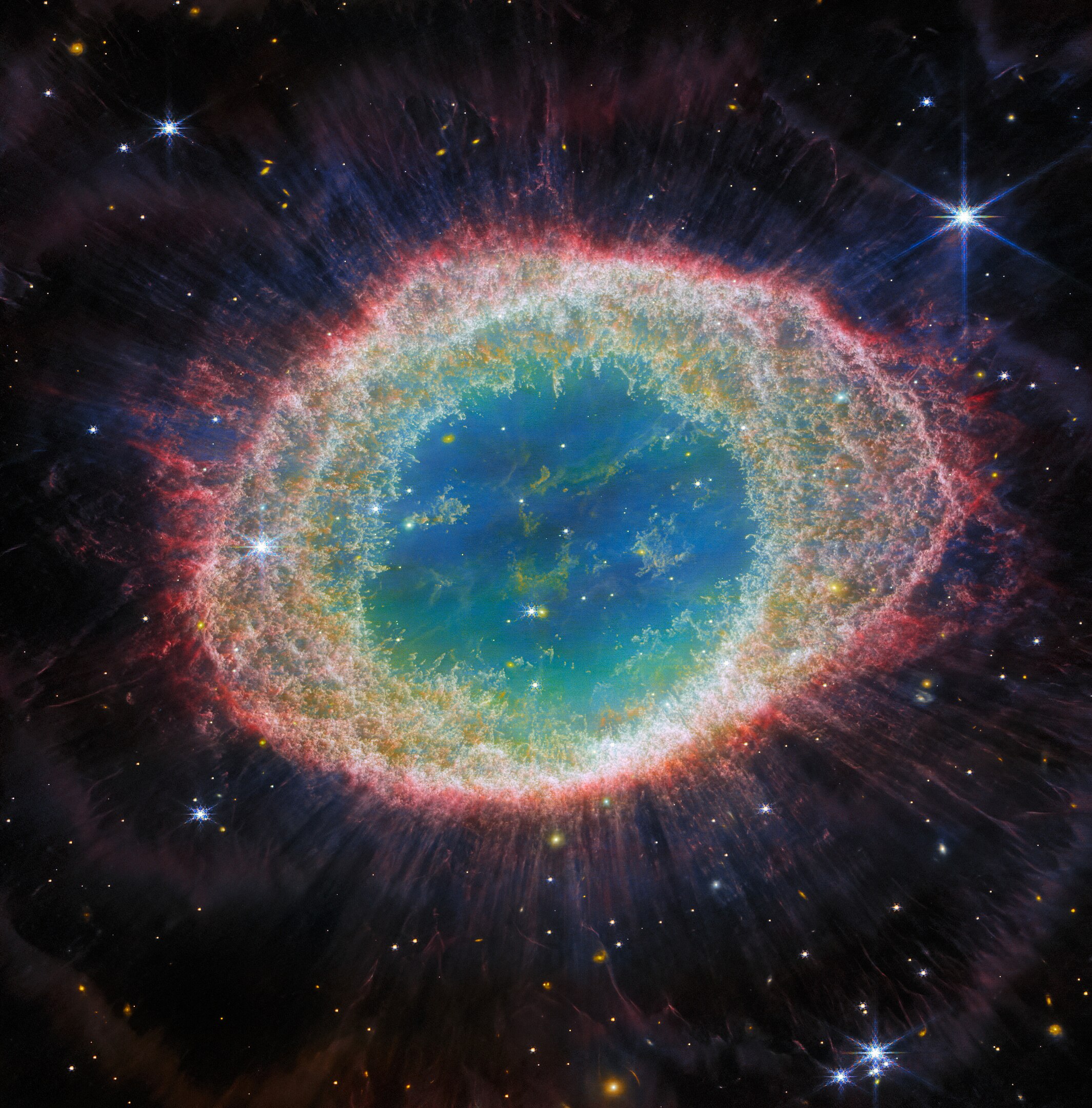Observing The Night Sky
The Telescope
Most detailed observations an amateur astronomer does is made through a telescope. There are three types of visible light telescopes:
- Refractor telescopes. They use lenses to focus light.
- Reflector telescopes. They use mirrors to focus light.
- Catadioptric telescopes. They use a combination of mirrors and lenses to produce an image.
Below is an explanation on how to look at something through a telescope.
- Remove the covers protecting the mirrors/lenses and obstructing the view.
- While moving the view, look through the sight (the scope) to locate the object. It has a smaller zoom, making it easier to find the object.
- Carefully adjust the view, so that the object sits perfectly on the middle of the sight's reticle.
- If the sight was calibrated correctly, the object should be visible through the eyepiece. Else, try to move the view slightly in all directions until you find the object.
- After you finish using the telescope, put the protective covers on, so that the sensitive lenses/mirrors don't get damaged.
Some tips for observing something through a telescope:
- Shine a laser through the eyepiece to see exactly where you're looking at (but be careful while doing that!).
- If a laser is unavailable, before searching for the object through the sight, try to line the telescope up in such a way that it looks at the object.
- After finding an object with a telescope, don't forget to occasionally adjust the view, as the night sky is constantly moving.
- Be careful around the telescope and while moving the view- you might accidentally lose the object.
Constellations
Officially, according to the IAU (International Astronomical Union) there are 88 constellations in the night sky. A constellation is an area of the night sky that contains a group of stars which form a certain pattern. The pattern usually represents an animal (such as a bear), a mythological being (such as a centaur), or an object (for example, a telescope).
Most objects' approximate locations are described by the constellations they are found in. All constellations have a designated three letter code, such as Vir for Virgo, and CMa for Canis Major. The names of the constellations themselves are in Latin.
In order to make describing the 3D nature of outer space easier, they are all projected on a sphere. This sphere, the celestial sphere, is centered at Earth and has a very large radius. This sphere is an accurate way to locate an object, as they are very far away (it is imposible to tell how far they are just by looking at them). The celestial sphere is divided into 88 areas representing each constellation. It is important to keep in mind that Serpens, the serpent, consists of two parts (Caput and Cauda - head and tail), which are separated from each other by a different constellation, Ophiuchus (serpent-bearer).
Messier Objects
The Messier catalogue is a collection of 110 objects catalogued by Charles Messier in in the end of the 18th century. Some of the objects include galaxies, star clusters, nebulae.
Some of the more notable objects include:
- M1 - Crab Nebula. A supernova remnant, one of the youngest easily visible objects, as the supernova was recorded in year 1054. It is located in the Taurus (Tau) constellation.
- M31 - Andromeda Galaxy. A barred spiral galaxy, one of the brightest Messier objects, visible with the naked eye. It is located in the Andromeda (And) constellation.
- M45 - Pleiades. An open star cluster, the brightest Messier object (mV=1.6 mag). It is located in the Taurus (Tau) constellation.
- M57 - Ring Nebula. A planetary nebula consisting of a glowing shell of ionized gas ejected from a red giant star. It is located in the Lyra (Lyr) constellation.
- M104 - Sombrero Galaxy. A spiral galaxy in the Virgo (Vir) constellation.

A photo taken of Crab Nebula, M1, by Hubble Space Telescope.

A photo of the Pleiades, M45.

A photo of the Ring nebula, M57.
Learning The Night Sky
According to subjective experience, the best way to learn to navigate the night sky is to use a virtual planetarium, such as Stellarium. It is recommended that one first learns the brightest constellations visible.
For those living in the northern hemisphere, the most appropriate choice would be to start with the Ursa Major (UMa) and Ursa Minor (UMi) constellations, usually nicknamed 'The Big Dipper' and 'The Small Dipper'. The brightest star in Ursa Minor is Polaris, the North Star. The celestial sphere spins around it, making its position constant, showing the north.
After learning to identify these two constellations, one can move on to identifying the Summer Triangle, consisting of three very bright stars in three bright constellations: Deneb (α Cyg) in Cygnus, Vega (α Lyr) in Lyra, and Altair (α Aql) in Aquila. After learning the five constellations, one can move on to identifying neighbouring ones, such as Bootes (Herdsman), Hercules, and Leo (Lion).
For those in the southern hemisphere, it is slightly more difficult, as there are no bright stars at the southern pole. It would be best to start with Scorpius (Scorpion) in summer, and the constellations in the Ship (Carina, Vela, Puppis) in winter. After that, it is recommended that one learns the neighbouring constellations.
Great reference points for learning new constellations are the Ecliptic constellations (the Zodiac and Ophiuchus), as they are easily recognisable and relatively bright.
Below is a constellation map containing all the constellations. Keep in mind that this is a projection of a sphere on a rectangular surface, meaning the dimensions and shapes of the constellations approaching the top and bottom are skewed. Press and drag on the map to move it, pinch or use the zoom buttons to zoom in or zoom out.